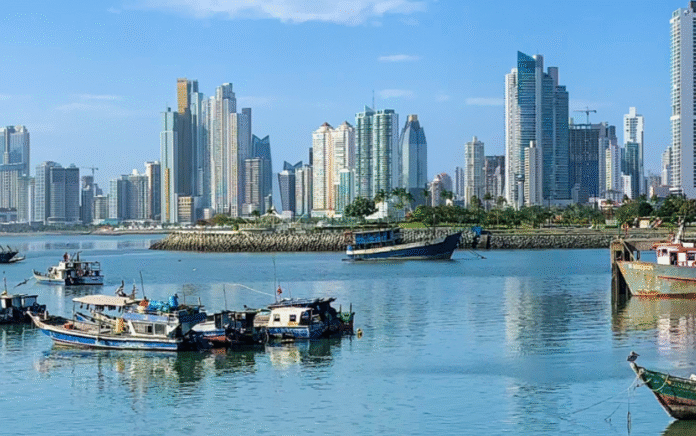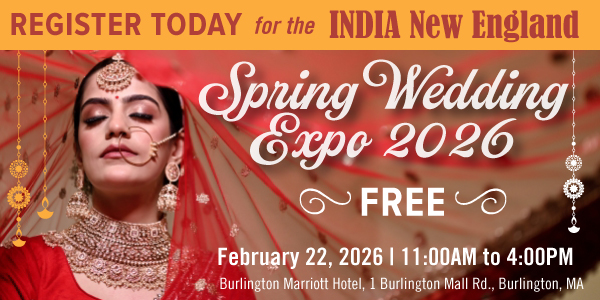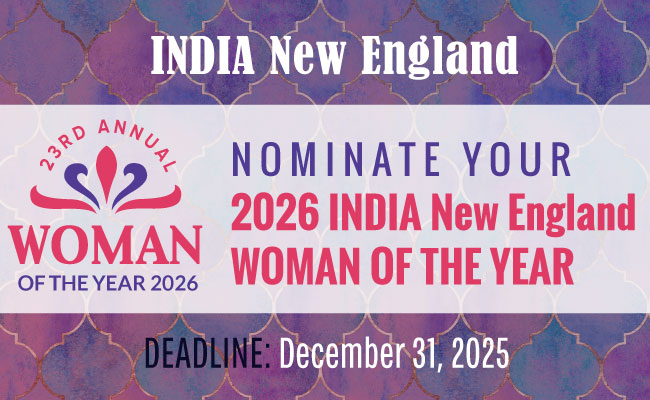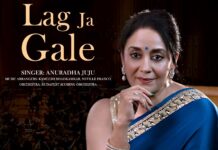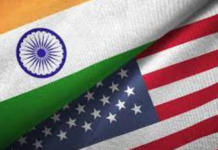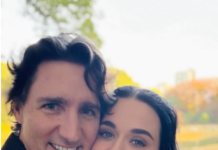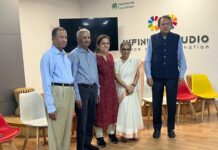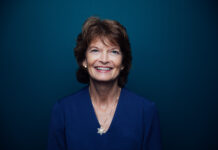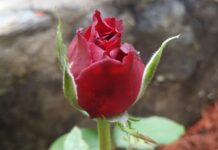By Upendra Mishra
BOSTON—In Central America, I must mention my visit to Panama and Honduras.
In Panama City, I was amazed at the number of Indians I saw. Being a major hub for business, offshore finance, and, of course, home to the Panama Canal, I wasn’t surprised to see so many people of Indian origin.
But what surprised me even more was that Panama was the first country I visited outside the United States that used the U.S. dollar as its official currency. With its rising skyline, modern glass buildings, and the energy of global commerce, Panama City in the 1980s looked like a city on the move. Despite being surrounded by the political unrest of the region, it had a cosmopolitan air.

During my short stay there, I visited the United Press International (UPI) office—actually a small, vibrant newsroom located in the home of our longtime Panama correspondent, Tomas Alberto Cupas. I’ll never forget Tomas.
Tomas wasn’t just a journalist—he was a legend in Panama. By the time I met him, he had already been UPI’s correspondent in the country for decades. But his career began much earlier—as a radio sports commentator in the 1950s. He was widely known across Latin America for his program Cabalgata Deportiva Gillette (Gillette Sports Cavalcade), a sports show that aired throughout the region and made him a household name.
He narrated boxing matches with unmatched passion, and his deep voice became iconic. In fact, he once served as the president of the Panamanian Boxing Federation and was a fierce advocate for the sport. Beyond that, he was the head of the Foreign Correspondents Club in Panama and was named its president for life—a recognition of his stature and contributions to journalism.
In 1989, the Panamanian government honored Tomas with the Vasco Núñez de Balboa Order—the country’s highest civilian honor—for his lifelong service to journalism.
Meeting Tomas was like meeting the soul of Panamanian journalism. He carried himself with confidence, warmth, and a touch of old-school charm. He took me around the city, and walking with him felt like being next to a celebrity—which, in many ways, he was. People waved to him, greeted him by name, and showed immense respect. I was honored to be in his company.
He showed me the famous Panama Canal and pointed out areas that had been bombarded by U.S. forces during the 1989 invasion to capture Panama’s strongman, General Manuel Noriega. Tomas had covered the invasion firsthand, and few people had a more intimate understanding of what happened during those chaotic days.
I distinctly remember the night the U.S. attacked Panama. I was in Mexico City, invited to dinner at a friend’s house. That day in the office, we had all sensed something was coming. The atmosphere was tense. There were no cell phones back then, so just in case, I had given the UPI foreign desk in Washington, D.C., the number at my friend’s house.
Over dinner and beer, we talked about the likelihood of an invasion. Later that night, after I had gone to bed, the phone rang. I knew right away—it had to be the Washington desk.
“Upendra, the U.S. just invaded Panama,” one of the editors said urgently. “We need the breaking news right now.”
I had Tomas’s number with me. I called him immediately. He picked up—alert and ready. He already knew. Tomas had anticipated the invasion and was gathering details. Without delay, he confirmed the news to me. I then called the foreign desk in D.C. and dictated the breaking story over the phone.
UPI was one of the first news agencies to break the invasion, and later, my contribution was formally recognized by the organization. It was my first major recognition at UPI—and I owed much of it to Tomas’s accuracy, instincts, and professionalism.
After Panama, I continued on to Honduras.
Honduras in the 1980s was a country caught in the geopolitical crosshairs of the Cold War. It had become a staging ground for U.S. operations in the region, especially against the leftist Sandinista government in neighboring Nicaragua. The streets felt tense, with a noticeable military presence. American influence was everywhere—subtle but unmistakable.
I remember clearly the experience of landing at Tegucigalpa’s Toncontín International Airport—infamous for being one of the most dangerous airports in the world. The runway was tiny, and the plane had to descend rapidly between hills and houses. It felt as though we were about to land on someone’s rooftop.
In Honduras, I visited several newspapers and media outlets across the country, but I was exhausted—both mentally and physically. The day before my return to Mexico City, while walking near my hotel, I spotted a massage parlor. I had never been to one before, and I was curious. I told myself: I’m tired, and maybe a massage would help. I also just wanted to see what the experience was like.
I walked in and told the lady I wanted a massage. She smiled and welcomed me warmly. After a few minutes, she brought soft, warm white towels and took me into a small room.
I still remember how awkward I felt. My idea of a massage came from India, where family members or barbers (nau) would give you a head or foot massage—fully clothed. There was no need to undress. So I sat on the massage bed fully dressed.
When she returned, she was surprised.
“You haven’t changed yet?” she asked.
“I don’t need to,” I replied.
She smiled, almost laughing, and said gently, “No, for a full massage, you take your clothes off and cover yourself with the towel.” Then she left the room again.
Reluctantly, I took off my shoes, socks, and jeans, and wrapped the towel around me. When she came back, she asked me to lie down.
“Oh, you still haven’t taken everything off?” she asked.
I nodded. “No, I can’t do that,” I said, nervously. “Just massage my feet, back, hands, shoulders, and head. That’s all I need.”
She laughed softly and said, “Okay.” Then she began the massage—and the conversation.
“Where are you from?” she asked.
“India,” I replied.
“You’re the first Indian I’ve ever met in my life,” she said. “I’m lucky to meet you.”
She had so many questions—about India, Gandhi, Buddha, yoga, meditation, and yes, the Kamasutra. That seems to come up often in these conversations.
The massage was fine—but it was our conversation that made it memorable. It reminded me, again, that no matter where you are in the world, people are curious, eager to learn, and drawn to the timeless stories of India.
Stay tuned for Memoir-32: Returning to Mexico.
(Upendra Mishra is the author of After the Fall: How Owen Lost Everything and Found What Really Matters and Precise Marketing: The Proven System for Growing Revenue in a Noisy World. He is the Managing Partner of The Mishra Group. Learn more at www.UpendraMishra.com
.)


